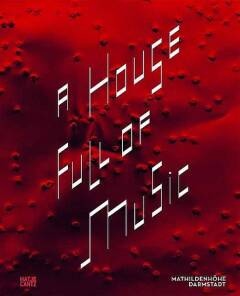
- Afhalen na 1 uur in een winkel met voorraad
- Gratis thuislevering in België vanaf € 30
- Ruim aanbod met 7 miljoen producten
- Afhalen na 1 uur in een winkel met voorraad
- Gratis thuislevering in België vanaf € 30
- Ruim aanbod met 7 miljoen producten
Zoeken
Omschrijving
Before John Cage (19121992), there was hardly anyone as consistent as he was in questioning the boundaries of music and its connections to other fields of art and the everyday world. Along with Erik Satie, Marcel Duchamp, Nam June Paik, and Joseph Beuys, Cage is one of the greatest strategists and pioneers of twentieth-century music and art. Starting with these key figures, this publication examines twelve fundamental strategies of art and music since 1900: recording, collage, silence, destruction, calculation, coincidence, feeling, thought, belief, furnishing, repetition, and playing. Interdisciplinary essays by art and music theorists as well as exemplary works and original sources by artists, musicians, and composers are featured alongside visual documentation, showing the impressive diversity of parallel and overlapping activities between music and art from Laurie Anderson and Robert Filliou to Anri Sala and Iannis Xenakis.
Specificaties
Betrokkenen
- Auteur(s):
- Uitgeverij:
Inhoud
- Aantal bladzijden:
- 384
- Taal:
- Engels
- Reeks:
Eigenschappen
- Productcode (EAN):
- 9783775733199
- Verschijningsdatum:
- 30/07/2012
- Uitvoering:
- Hardcover
- Afmetingen:
- 245 mm x 305 mm
- Gewicht:
- 2750 g

Alleen bij Standaard Boekhandel
+ 145 punten op je klantenkaart van Standaard Boekhandel
Beoordelingen
We publiceren alleen reviews die voldoen aan de voorwaarden voor reviews. Bekijk onze voorwaarden voor reviews.








